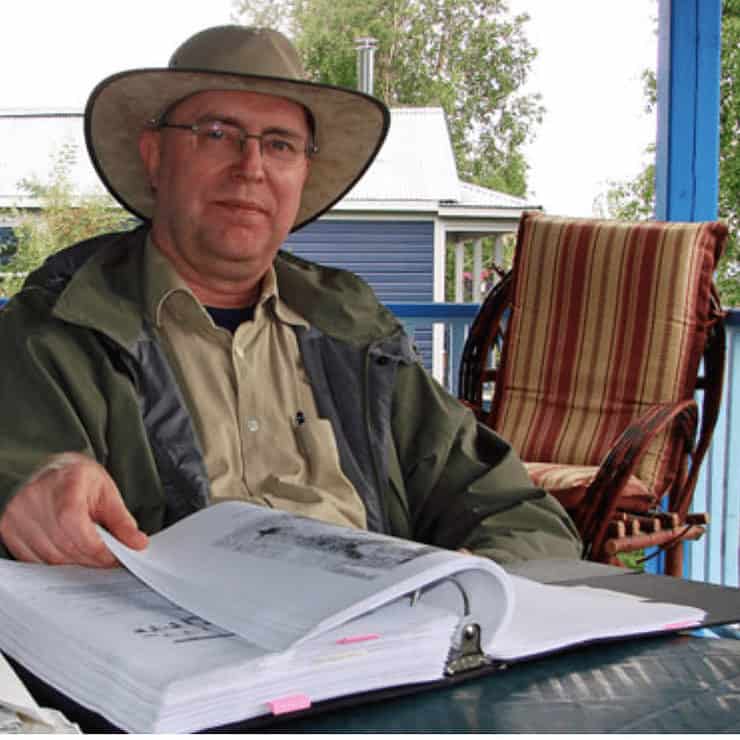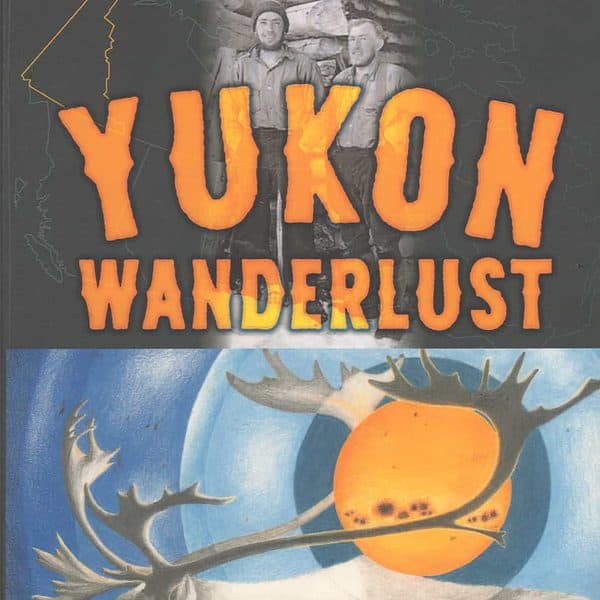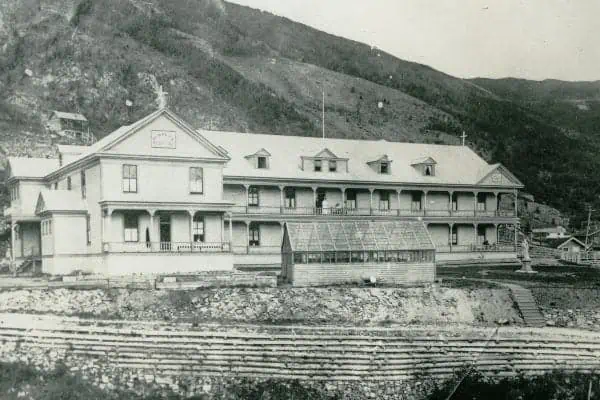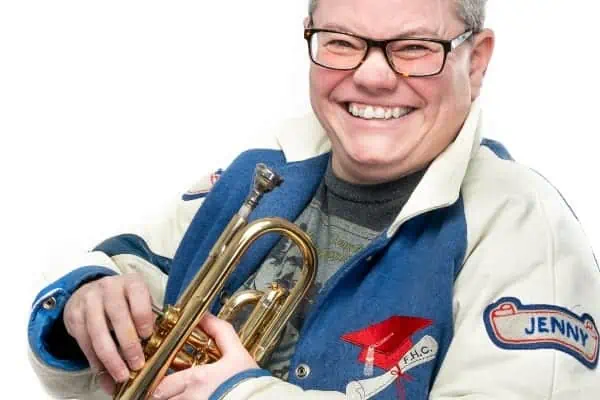

Yukon Wanderlust
by Don Barz
Celticfrog Publishing
340 pages
It was with a bit of shock that I discovered my name among the list of those being acknowledged for having made some contribution to the creation of Don Barz’s engaging story about the five years (1937–1942) that his father, Ernie (known as Erwin in the Yukon), and his uncle, Art, spent in the territory, mostly around Dawson and the area north of Mayo.
I have a photograph of Barz, taken in August 2008, sitting on my porch behind the massive binder of material he had already compiled to help him pull the story together. Our conversation eventually became an article that was slightly over 1,000 words and which you can find in the Whitehorse Star online archive or in the Sept. 10/08 issue of the Klondike Sun.
His book is a thoroughly researched and documented tale of two brothers who got caught up in the Yukon’s mystique, written by a former Yukoner who lived in the territory for seven years, working for Indigenous and Northern Affairs Canada (INAC) during the creation of the Klondike Valley Land Use Plan.
The brothers’ story begins in Victoria, where they were both working in April, 1937. Through a friend, they met a fellow out of the Yukon who said he’d made $4,000 while working at the United Keno Hill Mines Ltd. They were on the next boat north, the Princess Nora.
Informed that Keno was probably not the best place to go, at the time, they ended up in the Klondike where they worked on the dredge crews, for two seasons, and began doing a bit of trapping, which they decided was what they wanted, to live in the bush and do full-time.
They couldn’t afford the expensive non-resident trapper’s license fees, so they pretended that they were going to be miners, which was legal, and with the help for some Dawson citizens, they chartered four planeloads of huskies, equipment and supplies to the territory’s remote Bonnet Plume region.
Figuring that a trading-post run by two brothers with German last names that, soon after the Great War, might not be popular, they hooked up with Ernest “Chappie” Chapman and ran a franchise called Chappie’s Trading Post (when they weren’t actually operating what Barz describes as one of the largest clandestine fur-trapping operations in the Canadian North).
What was perhaps unusual about the brothers was that they kept journals about their activities, while they were here, and shot over 300 photographs with their Kodak Brownie camera, 190 of which are in this book, along with some snippets from the journals.
They were on the sidelines or intersected with some Yukon mysteries: RCMP investigations into the crash of White Pass Airways’ CF-AXJ; the mysterious disappearance of Aaron Knorr and Julia Bonnetplume, in search of a fabled gold mine in the Bonnet Plume region; and various alleged illegal trapping activities, other than their own.
The book contains 381 references and an index, and I swear I haven’t seen so many footnotes since the last time I read a book by Peter C. Newman.
Aside from just being a darn good read, this book covers a period about which very little has been written. Yukon histories and memoirs tend to focus on the Klondike Gold Rush and then skip along to the building of the Alaska Highway. The main book about the middle period is Lewis Green’s informative but rather dry corporate history, The Gold Hustlers. This has been in and out of print a few times, and when Pierre Berton was writing his last book, Prisoners of the North, he ended up borrowing my copy for his research on Joe Boyle and Arthur Treadgold.
His research team took the book apart and he had to buy me a new copy, which took him some time to find.
There’s a lot of rare material in this book—some of it from the diaries and some (in boldface print) from interviews that Barz recorded with the brothers. He’d heard stories from them both, for years, and it combined with his own Yukon years to inspire him while he was attending a writing workshop.
Barz lives in Kamloops, where he works as a portfolio manager and investment advisor. Like his father and uncle, he visits the Yukon, from time to time, most recently on a trip to promote and market his book, which is available at stores in Dawson and Whitehorse, as well as online and in e-book format.
The brothers eventually settled in Salmon Arm and operated poultry farms until they retired. Both of them passed on, in their nineties, in 2011. Don is so happy that he completed his interviews with them when he did. He began working on this book in 2007.




